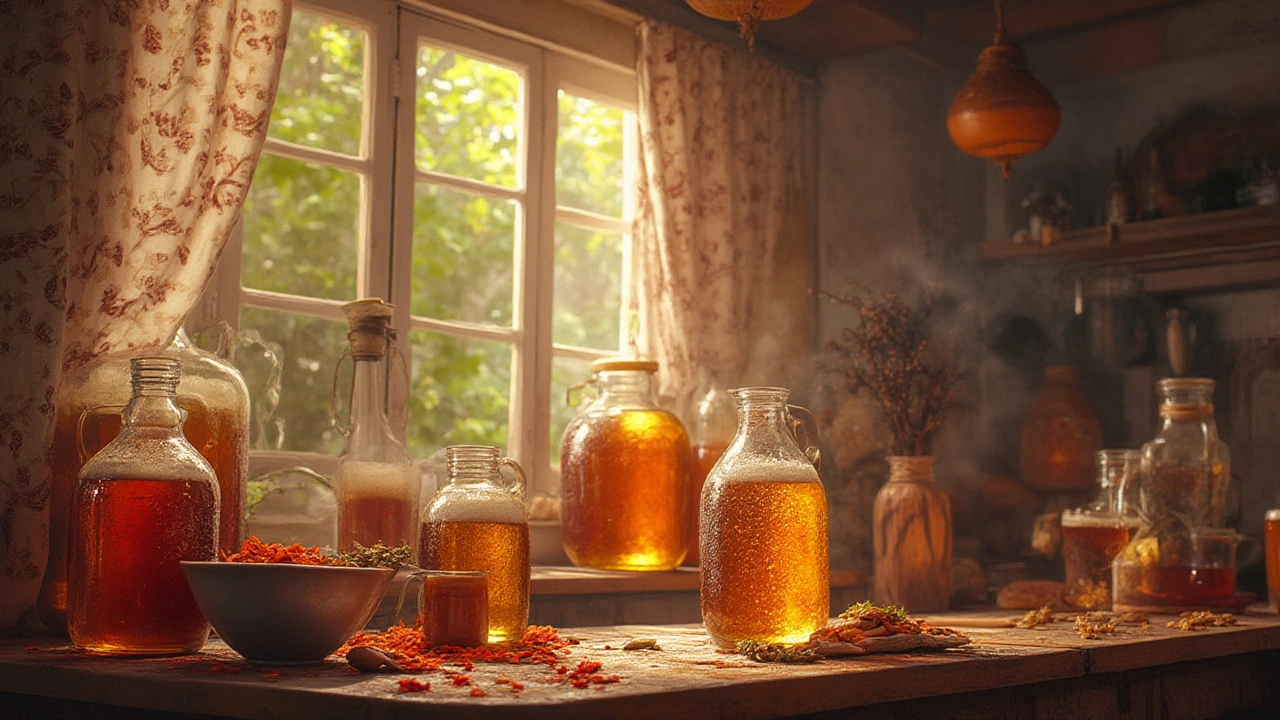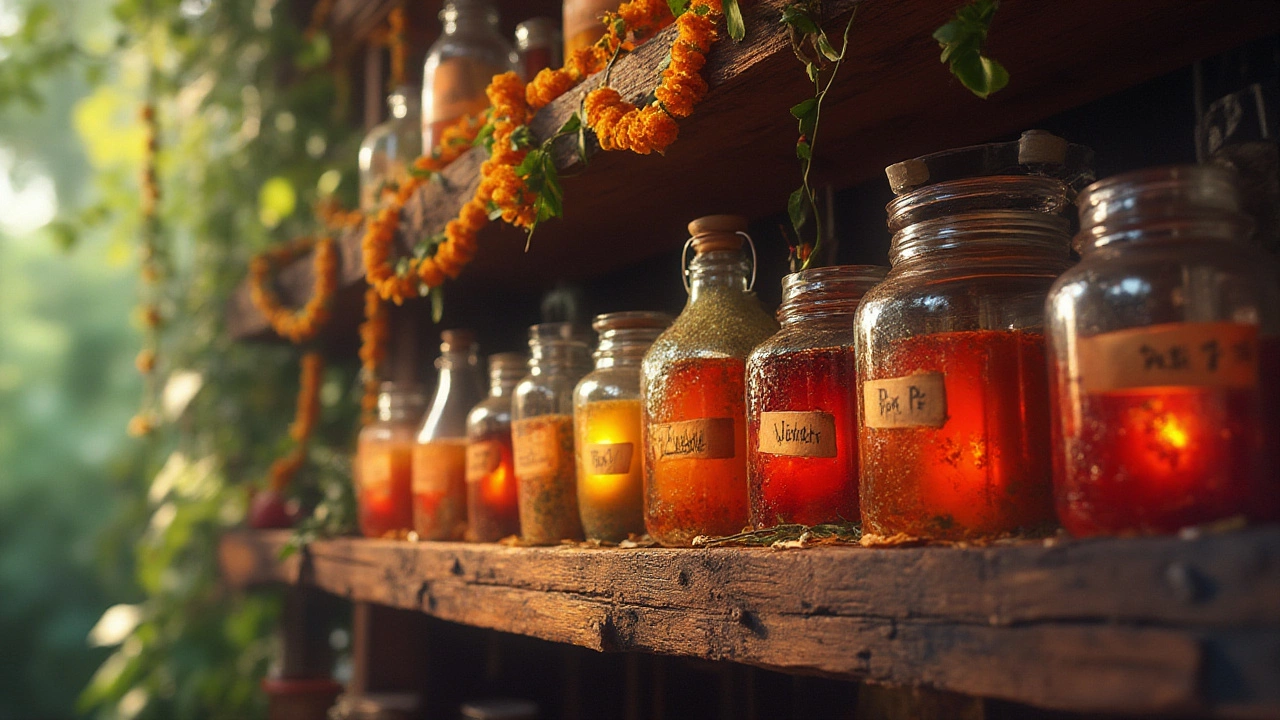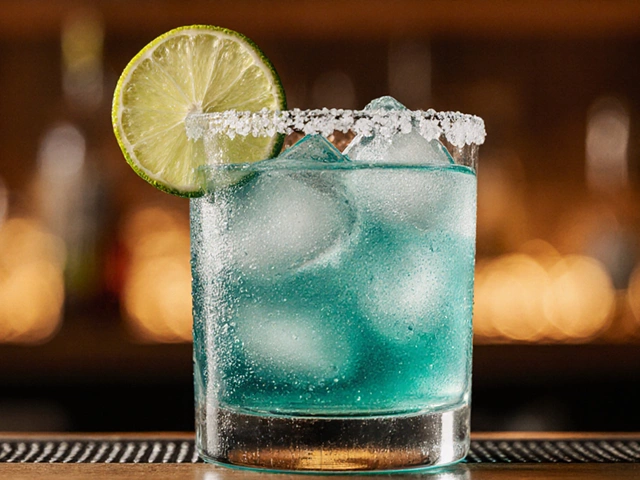
Imagine popping open a bottle of your own homebrewed beer, giving it a sniff, and taking that first glorious sip — only to discover it's either bland, harsh, or has a taste straight out of a medieval apothecary. Yep, the age-old question of how long to let beer ferment isn’t just about patience; it's about getting it right. There’s a ton of advice online, but most forget to mention how a few extra days or weeks (or even months) on the yeast can totally change the beer in your glass. Let’s get into what really happens when you let your beer ferment longer — the good, the bad, and the ugly.
How Beer Fermentation Actually Works (And Why Time Matters)
Fermentation isn't just some mystical process where sugar turns to booze overnight. It's a living, breathing change. When you pitch yeast into sweet wort, it starts scoffing up sugars and spitting out alcohol, carbon dioxide, and hundreds of flavour compounds. Most modern ales finish fermentation in 5–7 days, lagers can take two weeks or more. But here’s the catch — just because the yeast has eaten all the sugar doesn’t mean the beer is 'finished.' After the main rush (called "primary fermentation"), yeast keeps working, quietly cleaning up byproducts that if left behind can taste like butter (diacetyl) or green apples (acetaldehyde).
This cleanup phase is why experienced homebrewers tell you to leave beer on the yeast for at least a couple more days after fermentation slows or a hydrometer says it’s "done." Many Scottish breweries, by the way, will leave ales for a total of 10–14 days before packaging, just to let the yeast finish its job. Folks in Bavaria might keep lagers fermenting cold for up to a month. These aren’t just old habits — they’re ways to get rid of rough flavours and smooth out the final pint.
But what actually changes if you wait longer? The answer: a surprising amount. One big thing is clarity. If you go too soon, you end up with cloudy beer, as yeast and protein haven’t settled. Extended time gives everything a chance to drop out, which is why some homebrewers swear by three weeks in the fermenter. There’s also less risk of off-flavours, since the yeast has more time to gobble up any leftovers as nutrients run low. But too long and that same yeast can cause problems — yeast autolysis, where the cells burst and release odd, meaty, rubbery flavours, can creep in after a month or two, especially if temperatures rise.
In sum, the first week is about alcohol and gas. The second week is for cleaning, settling, and refining. And every day past that? You’re gambling quality for clarity, taking a chance on weirdness, especially if you can’t control temperature. That said, some old barrels of sour beer matured in dusty French caves for years end up magical, so all of this depends on what beer you’re making and how you want it to taste.

Common Mistakes and Myths about Long Beer Fermentation
Let’s bust a few myths while we’re here. Some people claim, “You can’t leave your beer on the yeast cake for more than two weeks, or it’s ruined!” Not so fast. Truth is, modern yeast strains are much hardier thanks to better lab breeding. With clean, healthy yeast and cool temps, many beers can sit on the primary for three weeks with no ill effects — some even longer, if you’re brewing something strong like a barleywine or Russian stout. What you don't want is high heat and lazy cleaning, which just invite infections or autolysis sooner.
A common mistake is giving the beer a quick glance, seeing bubbles stop, and bottling right away. Big mistake. Bubbles aren’t a reliable sign — only a hydrometer or refractometer can tell you when fermentation is truly finished. Another blunder is racking to a secondary vessel simply because it’s tradition. The risk: unless you need to add fruit, oak, or want to age for months, every transfer risks oxygen and infection. Homebrewers in the know often stick to "set and forget" — let the beer age a bit longer in primary, then straight to the bottle or keg.
Now, about clarity and chill haze: a short fermentation plus skipping cold crashing (cooling the beer before bottling) can leave you with murky pints. It won’t taste bad, but it’ll look amateur. If you’re after crystal-clear beer, chilling for a few days at near-freezing is ideal, and extra time helps the process. Here in Edinburgh, our tap water is so cold that homebrewers often stash the fermenter in a shed or stairwell for a natural cold crash — just don’t let it freeze.
Another myth: "If you just wait, the alcohol keeps rising." Fermentation only produces as much alcohol as the available sugar. Once sugar is gone, that’s it. Time won’t magically make your session ale a double IPA. Instead, proper time can round off green edges, meld flavours, and drop particles — but it won’t crank the ABV.
Letting beer sit longer also isn’t a cure for all problems. If your wort wasn’t clean, your yeast was tired, or you introduced wild microbes, giving it extra time can just let the problems fester. Signs of trouble: sour or rotten smells, strange films, odd colours. If in doubt, don’t taste-test until you know it’s safe.

Tips for Better Beer: Timing, Tasting, and Knowing When to Stop
If you’re struggling to decide whether to rack, bottle, or just leave that brew alone, here’s what I’ve learned after dozens of wonky Scottish stouts and hop bombs gone wrong. First, patience pays off — but so does paying attention. Use a hydrometer, not wishful thinking, to know when fermentation is really finished. Take readings two days apart; if they match, you’re safe. Then, wait an extra two or three days to let the yeast tidy up behind itself. For most standard beers, that means a total of 10–14 days in the fermenter, give or take. Stronger beers, lagers, and anything with wild yeast can go much longer.
If you want clear beer, cold crashing really works. Move your fermenter somewhere cold — even a fridge is great. Give it two to five days at 1–3°C (about 34–38°F), and you’ll notice a dramatic drop in cloudiness. Not everyone has a dedicated beer fridge, so I know a few Edinburgh brewers who dump ice packs in the fermentation fridge or wrap the fermenter in a cold towel. DIY works as long as you keep things steady.
What about going really long — a month or two? You can do it, especially for big, boozy brews. Some homebrewers swear by bulk aging their IPAs or Belgian ales for four, six, even eight weeks. But keep the temps steady and low, between 15–18°C (59–64°F). Anything hotter and you risk off-flavours. Here’s the important bit: never bottle or keg until you’re sure fermentation is finished. Otherwise, you risk bottles exploding (called “bottle bombs”), thanks to leftover fermentable sugars — not a fun way to find out you rushed.
I always suggest a taste test before bottling. Don’t just go by tradition or calendar dates. Pour a small sample: does it taste green, yeasty, or harsh? If so, wait. Does it taste much clearer and more balanced, with butter and apple notes gone? You’re ready. A few extra days rarely hurt and can make all the difference.
And don’t forget the yeast itself. Different strains have different quirks: English yeasts often settle quickly, while Belgian strains can stay suspended for ages. Consult reputable yeast manufacturer data sheets online (Wyeast, White Labs, Lallemand) for advice about timelines. Temperature plays a huge role, too — even a few degrees too warm, and you get banana, clove, or nail-polish flavours you can’t undo. Stable, controlled conditions lead to more reliable results.
In the end, the answer to “Should I let my beer ferment longer?” depends on your beer style, yeast, and what you want in a pint. If you like crisp, clean taste and good clarity, letting it go a bit longer can help. If you’re impatient, you’ll likely end up with something drinkable, but maybe not the best you could’ve made. In Edinburgh’s unpredictable seasons, you learn to embrace both patience and improvisation. Give your beer time, but don’t forget to actually taste and test along the way. Next time someone offers a “pro” tip online, remember: what’s best depends on your batch, your kit, and when the pint tastes just right for you. Cheers to patience — and better homebrew!





Categories